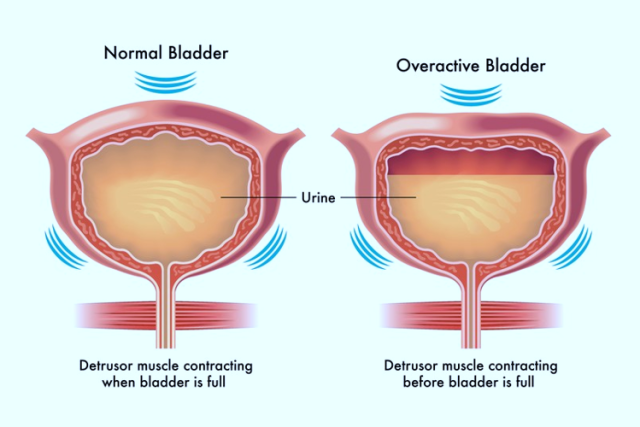
Effect Of Conjugated Estrogen In Stress And Anxiety Urinary System Incontinence In Women With Menopause
Impact Of Conjugated Estrogen In Anxiety Urinary System Incontinence In Women With Menopause Hormonal Agent Substitute Treatment (HRT) is a form of treatment that includes the management of hormones, particularly estrogen, progestin (a kind of progesterone), or both. A woman's body stops creating these hormonal agents after menopause, bring about conditions such as urinary incontinence. Reestablishing the hormonal agents in numerous forms, consisting of tablets, patches, lotions, and vaginal rings, can aid turn around the impacts of these ailments. Urinary urinary incontinence (UI) is additionally known as "loss of bladder control" or "uncontrolled urinary leak." Countless women experience it, and the frequency of UI has a tendency to boost as you get older. The majority of females experience premenstrual disorder (PMS) concerning 1-2 weeks prior to bleeding starts. An all natural approach that uses medicine, lifestyle modifications, physical therapy, or various other treatments might help in reducing them or assist someone handle them. Many people think that it's something that just goes along with aging and is an inescapable concern. If you locate that urinary incontinence is disturbing your everyday tasks and causing you to miss out on things you normally take pleasure in, speak to your healthcare provider.Urinary System Problems
The therapy leading to lower testosterone levels can weaken the pelvic flooring muscle mass, bring about UI. As a result, treatments such as pelvic workouts might be essential in managing UI if you are getting ADT. Additionally stop the flow of urine in midstream urine triggers to enhance the pelvic floor muscle mass.Menopausal Hormone Therapy (mht)
Urethral inexperience generally results in periodic urinary system incontinence, generally at rest. Hormone therapy (estrogen) in postmenopausal women reduces urinary system frequency which causes boost in the strength of muscles around the bladder. Althoughbasic scientific research around is limited, a current placebo-controlled, randomizedclinical trial of estrogen alone clarifies this concern. Urethral closureis depending on the incorporated activity of the suburethral vaginal wall surface, thepubourethral tendons, the pubococcygeus muscle mass, and the paraurethral connectivetissues. As you age, the muscle mass that support your pelvic body organs can damage. This means that your bladder and urethra have less assistance-- frequently leading to pee leak.Is Urinary Incontinence More Typical In Females?
Maintaining a healthy body weight can also aid with bladder control. Speak with your doctor about the very best ways to keep strong pelvic flooring muscle mass throughout your life. Inexperience of the urethral sphincter mechanism (urethral smooth/striated muscle mass, connective cells) may result from nonneurogenic illness (bladder, urethra, prostate gland) or neurogenic causes.- The psychosocial costs and morbidities are even more hard to quantify.
- Your healthcare carrier may recommend repeating the injections one or two times a year.
- If various other approaches for helping tension urinary incontinence do not function, your doctor might advise surgical procedure.
- However, not all individuals with reduced estrogen create bladder problems.
- One of the most common congenital disorders creating incontinence consist of ectopic ureter( s), and relevant structural anomalies (patent urachus, pseudohermaphrodites, and urethrorectal fistulae).
How to treat hormonal agent discrepancies?
hormone (PTH) and calcitonin. Stop smoking. If you smoke, you placed yourself in danger of urinary incontinence, due to the fact that coughing puts stress on your pelvic flooring muscles.Do the best exercises.Avoid lifting.Lose excess weight.Treat irregular bowel movements promptly.Cut down on caffeine.Cut down on alcohol.Drink plenty of water. Ideal fruits: apples, bananas, blackberries, coconut, grapes, strawberries and watermelon.Best vegetables: asparagus, broccoli, carrots, celery, cucumbers, kale, lettuce and peppers.Best fibre-rich foods: almonds, artichoke, barley, beans, bran, lentils, Urinalysis oats and raspberries. One aspect that has obtained considerable attention as a cause of urinary incontinence is reduced estrogen. Estrogen, a hormonal agent mainly associated with reproductive health, plays

